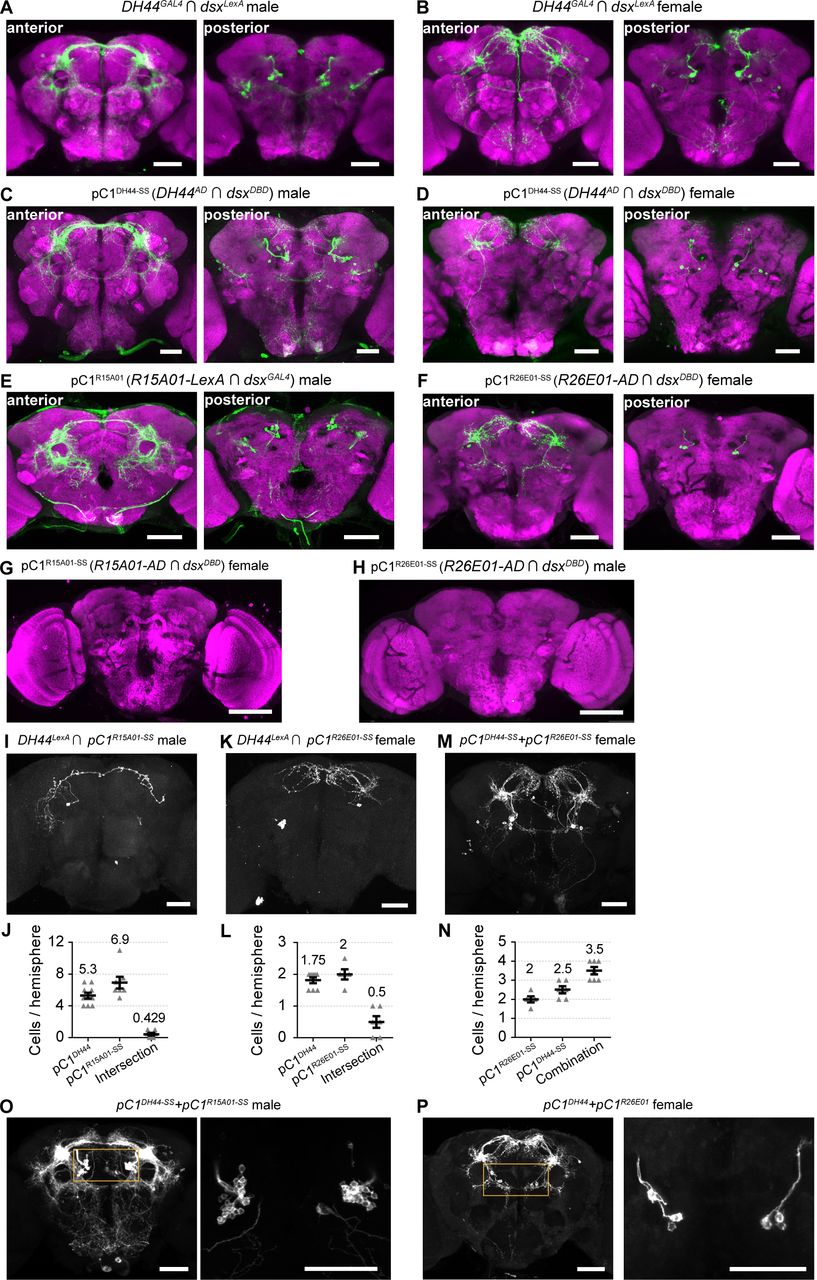
# Researchers Discover Neural Circuit Linked to Female Sexual Rejection
In a pioneering investigation into the biological mechanisms that influence social behaviors, scientists have pinpointed a distinct group of brain cells that function as “gatekeepers” for sexual rejection in female mammals. These revelations not only shed light on the complex interplay between behavior and reproductive timing but also demonstrate how the brain adeptly balances rejection and acceptance. The research, featured in *Neuron*, contributes significantly to our understanding of how internal conditions influence social behaviors and decision-making.
## The Function of the Ventromedial Hypothalamus
At the heart of this finding is the ventromedial hypothalamus (VMH), a region of the brain crucial for managing social and sexual behaviors across a range of species. This evolutionarily old brain structure has been discovered to contain specialized neurons that determine if a female enters a state of sexual rejection or receptivity. Notably, these neurons respond strongly to progesterone—a vital reproductive hormone—highlighting the influence of hormonal cues on neural circuits and associated behaviors.
### Sexual Rejection: An Active Mechanism
The study refutes the conventional perception of sexual rejection as merely a lack of receptivity. “Sexual rejection isn’t simply the absence of receptivity; it’s an active behavior,” says Susana Lima, the senior author and director of the Neuroethology Lab at the Champalimaud Foundation. For instance, female mice not in their fertile period engage in defensive actions, such as kicking or boxing, in direct reaction to male advances. This illustrates that rejection transcends mere disinterest and incorporates intentional actions to fend off mating efforts.
Through innovative methods like fiber photometry, which gauges real-time calcium activity in neurons, researchers found that these rejection-associated neurons become highly activated when non-receptive females are approached by males. Conversely, during fertile phases when females are open to mating, these neurons become less active, effectively serving as a biological “off switch” for rejection.
## Influencing Rejection With Optogenetics
A notable aspect of the study was the application of optogenetics, a revolutionary technology that enables scientists to manipulate specific neurons using light. By stimulating these rejection neurons in fertile females—who would normally be willing to mate—researchers succeeded in triggering behaviors characteristic of rejection, such as defensive posturing. Conversely, suppressing these neurons in non-receptive females diminished rejection behaviors, although it didn’t render them fully open to mating. This observation indicates a complex interplay between the systems that control rejection and receptivity.
### A Complex Dual-Control Mechanism
The research suggests the presence of two separate neural populations within the VMH—one that facilitates sexual receptivity and another that governs rejection. Co-first author Basma Husain states, “This dual system likely enhances the brain’s ability to regulate sexual behavior, enabling more refined and dynamic responses.” For instance, a female may need to turn down a mate even during her fertile phase due to other considerations—such as the male’s health or potential environmental dangers.
This dual-control mechanism is evolutionarily advantageous. By ensuring that both acceptance and rejection are finely calibrated, it allows female mammals to make strategic reproductive choices that optimize their chances of survival and reproductive success.
## Broader Implications for Neuroscience and More
This finding carries significant implications for our comprehension of how the brain synthesizes internal states and external stimuli to drive behavior. By probing the mechanisms underlying sexual rejection, researchers are uncovering insights into the overarching principles of neural regulation in social decision-making. Moreover, the capability to identify specific neurons that govern behavior paves the way for understanding social behavior disorders, such as those seen in autism spectrum disorders or anxiety.
### Hormonal Coordination and Behavioral Adaptability
Another significant insight from the study is the role of progesterone in modulating the neural network associated with rejection. This hormone varies throughout the reproductive cycle, providing the brain with a hormonal “map” to sync behaviors with fertility status. Females not in their fertile phase, when progesterone levels are elevated, are biologically inclined to reject advances, thus conserving energy on mating when the likelihood of conception is low.
By linking hormonal fluctuations to neural activity, the study illustrates how biological processes orchestrate behavioral adaptability.
—
### Key Terms for Understanding
– **Ventromedial Hypothalamus (VMH):** A crucial region in the brain that regulates social and sexual behaviors, conserved across different species through evolution.
– **Fiber Photometry:** An advanced technique that measures real-time brain activity by detecting calcium signals in neurons.
– **Optogenetics:** A state-of-the-art method that utilizes genetically modified light-sensitive neurons to precisely control their activity.
—
### Testing Your Knowledge
#### What Distinguishes Rejection from Non-Receptivity?
Sexual rejection is an active process demonstrated by defensive actions, such as kicking or boxing, while mere non-receptivity entails passive disengagement.
#### How Did Researchers Validate the Function of These Neurons?
Utilizing optogenetics, researchers artificially activated neurons in fertile females to elicit rejection behaviors, confirming their role in the process.